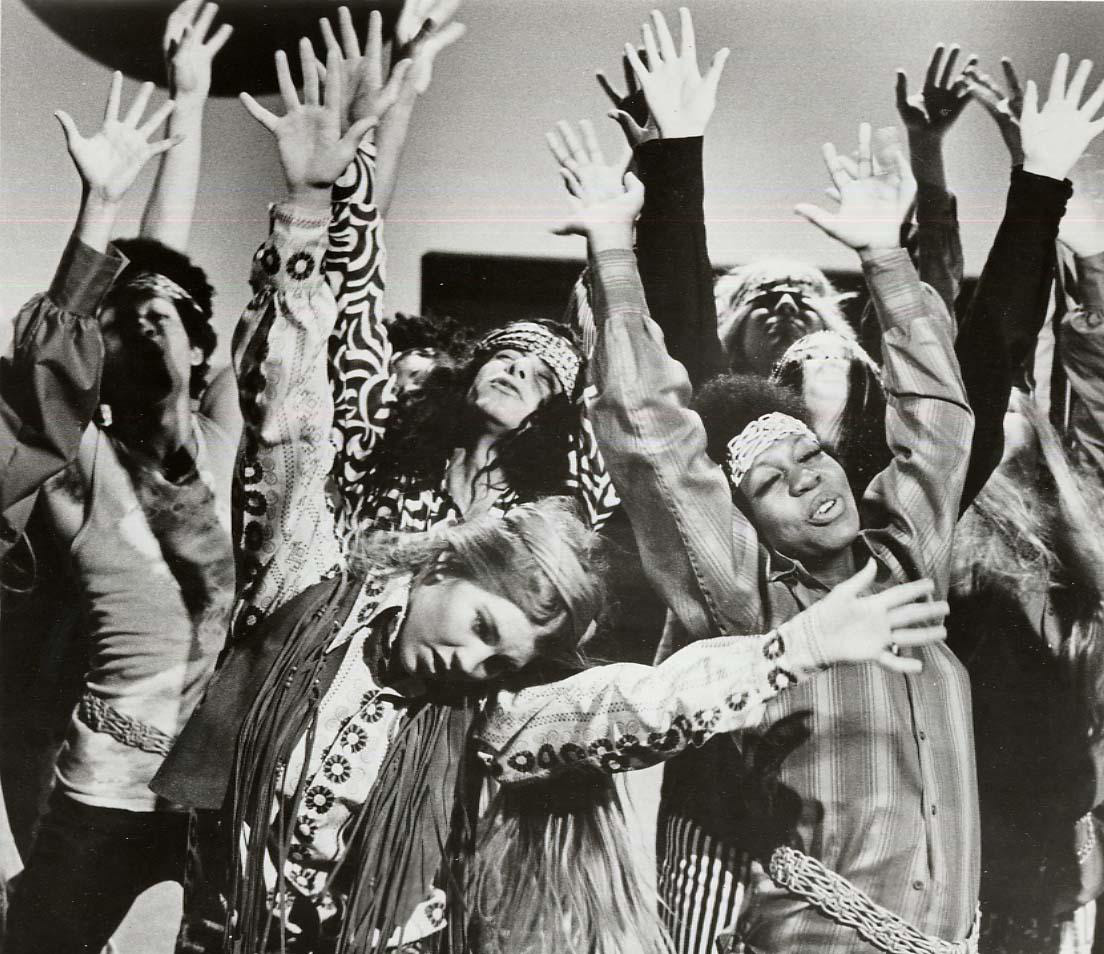Social media sites like Facebook, Twitter, and MySpace allow individuals to interact with each other constantly throughout the day. The American Academy of Pediatrics suggests that all this socializing may be bad for you.
Have you ever sat in the back of a college classroom? If you have you know why it’s the most distracting seat in the room. The laptops of fellow students display a circus of images on the glowing screens. Many students use lecture time to roam Facebook and keep up on friend’s tweets. This continuous contact with the Internet community has the American Academy of Pediatrics concerned.
Large amounts of exposure to social media sites have been linked to symptoms of depression. The American Academy of Pediatrics has called this phenomenon “Facebook depression”.
Susan Sorenson, a Pediatric Nurse Practitioner, calls the interaction on social media sites “pseudo-socializing”.
“The interactions users have online, through a computer screen, are not actual interactions.”
Mrs. Sorenson believes this type of socializing is actually leaving people feeling lonely and cutting them off from the rest of the world. When I asked Mrs. Sorenson what types of symptoms the American Academy of Pediatrics were most likely finding. She believed isolation was probably a very common symptom for people with “Facebook depression”.
Hank Binnebose is a manager at Best Buy, who is majoring in Computer Science. Binnebose believes that the accessibility of technology may be contributing to this over-socializing. He said,
“Our generation relies on social media a lot. It’s just so easy for me to get online whenever or wherever because of my smart phone and almost everyone has smart phones now.”
Having the ability to access these sites at all hours of the day may be a contributing factor.
“There’s no reason people ever have to get off (social media sites). While you’re grocery shopping you can Skype your mom. While you’re out with your friends you can be Facebooking your other friends.”
Social media sites also leave users vulnerable to bullying. It is no surprise that bullying can be very damaging, but the impact it can have is multiplied when someone is feeling isolated.
Johanna Munoz, who has spoken with students about cyber-bullying, explained that before the technology craze people could “escape bullies”. She said,
“You knew where they were and the places you could go to avoid them. Now there’s no escape. People can reach you anywhere, anytime. To add to it, bullying on Facebook is very public, which is super embarrassing. Everyone can see it.”
Although Munoz had never heard of Facebook depression, she wasn’t surprised to hear that there was a possible link between high use of social media sites and depression.
“People liking pictures and commenting could definitely lead to self-esteem issues, at least.”
She spoke with me about a popular application that used to be on Facebook called Hot or Not. Hot or Not permitted users to judge pictures of their Facebook friends. A picture would be displayed on the screen and the user would choose whether their friend was Hot or Not. “Feeling like you’re being judged by people is not a good feeling.”
Most college students already spend a good portion of their day on the web. Students can easily access the Internet through their phones or computers, which makes them a target for excessive use. Most college students already have profiles for social media sites so they can keep in contact with friends and family back home.
Many students are settling for fictitious socializing that may be causing them to distant themselves from others. Social media sites leave users open to bullying and humiliation. In addition, the easy accessibility to these social media sites doesn’t allow students a chance to escape.
So what can you do if you want to reduce your likelihood of getting “Facebook depression”? Susan Sorenson believes that limiting the amount of time you spend on these social networking sites is key.
